Anyone traveling in Portugal will always come across the beautiful tiles and tiles in a variety of places. The Portuguese azulejos have a long tradition and in the Museu Nacional do Azulejo you can make an interesting journey of discovery.
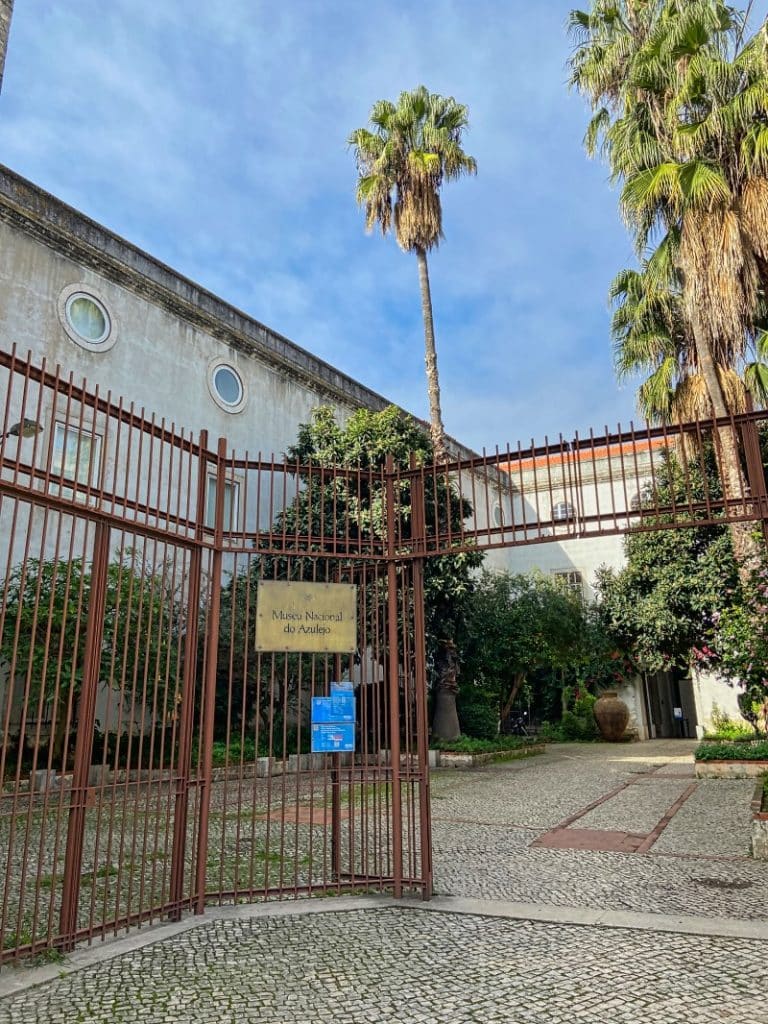
The museum is located a bit away from the city center, but is very well accessible by bus. Through a somewhat rusty entrance gate you enter the museum through a small courtyard with orange trees.
From monastery to museum
In 1509, Eleanor of Portugal (she was the sister of King Manuel I of Portugal), founded the Poor Clares Monastery of Madre de Deus in Lisbon. It was almost completely destroyed in the earthquake of 1755, but the beautiful two-story Renaissance cloister was preserved.
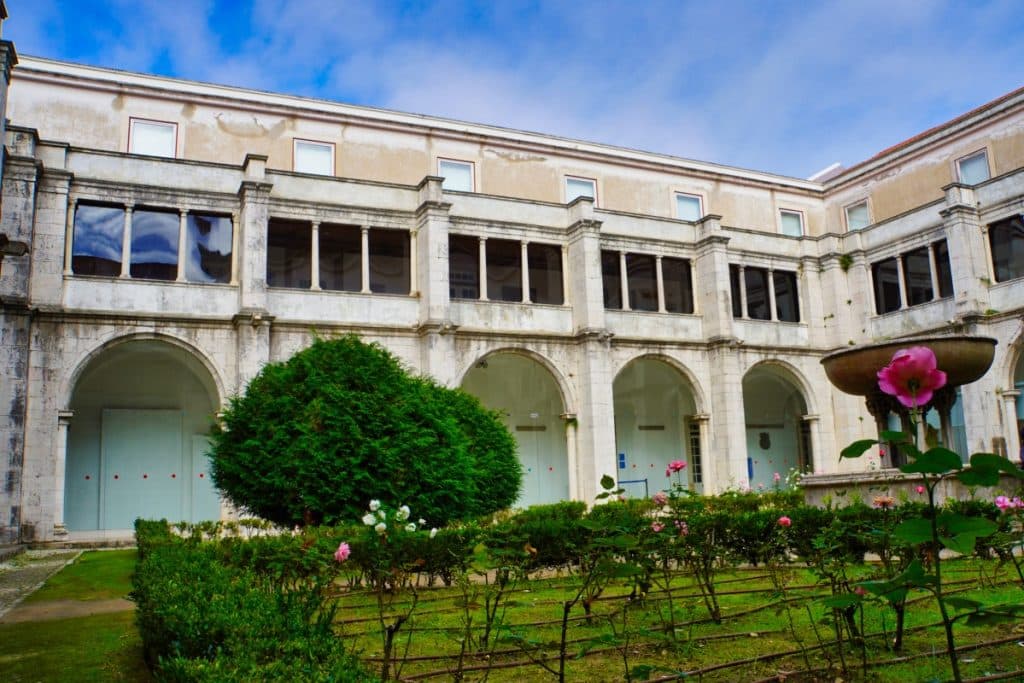
Some time later it was decided to restore and rebuild the destroyed building. With the secularization in 1834, the monastery closed and was first used as an asylum.
In 1960, the government opened the Museu Nacional do Azulejo in the still existing cloister and buildings. Since 1980 it is a national museum and gives an overview of the development of tile art over the centuries.
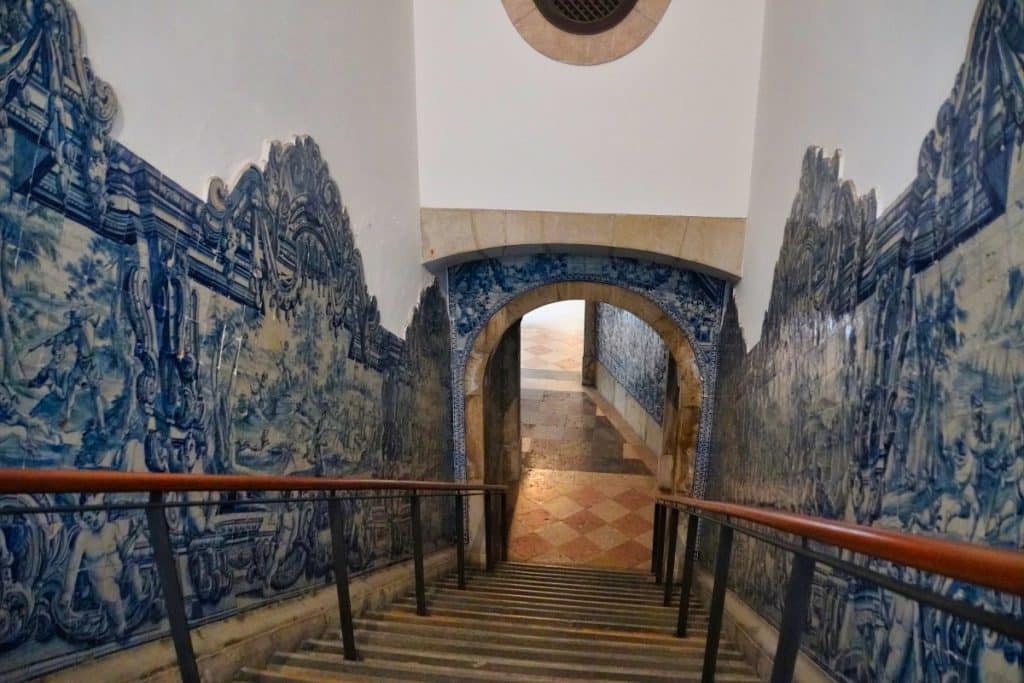
Is the Museu Nacional do Azulejo worth a visit?
The beautiful tiles that decorate the facades of houses in Portugal have inspired us from the beginning. Especially the huge variety of designs, be it patterns or whole picture stories, make every single work seem unique. For us it was quickly clear that we wanted to learn more about this tradition – art – history.
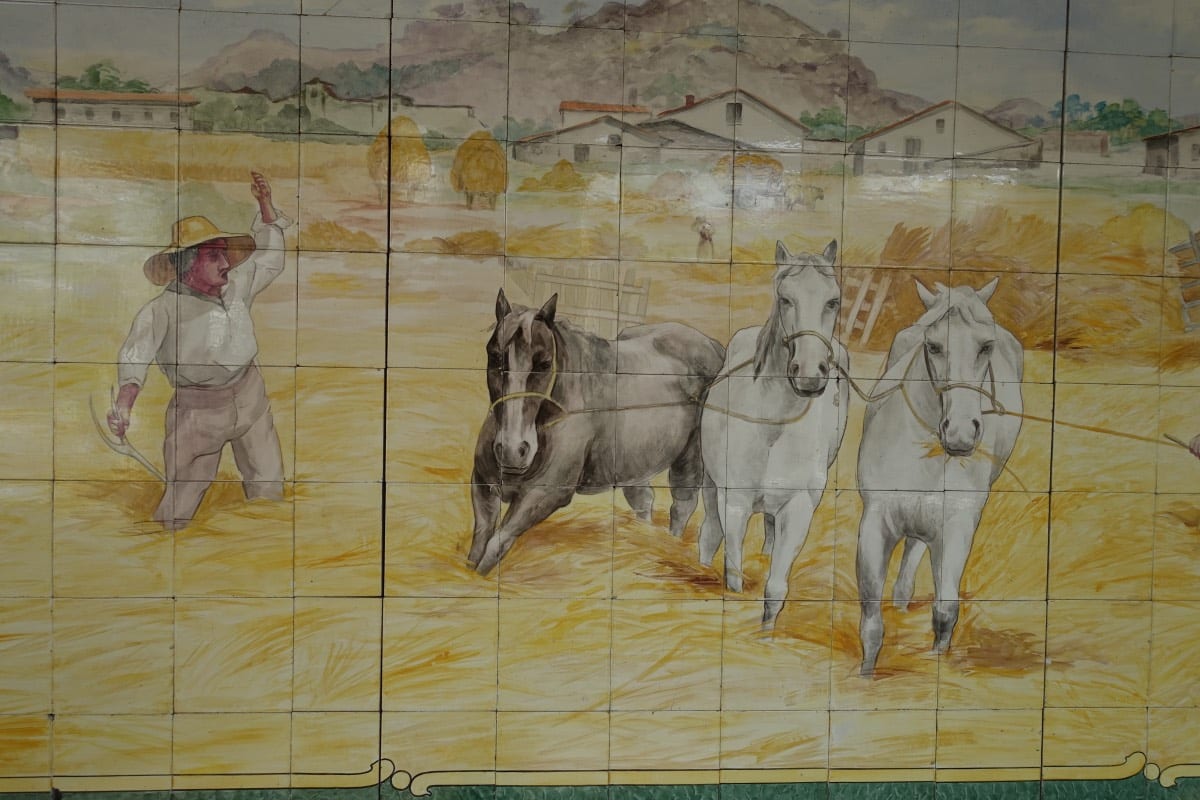
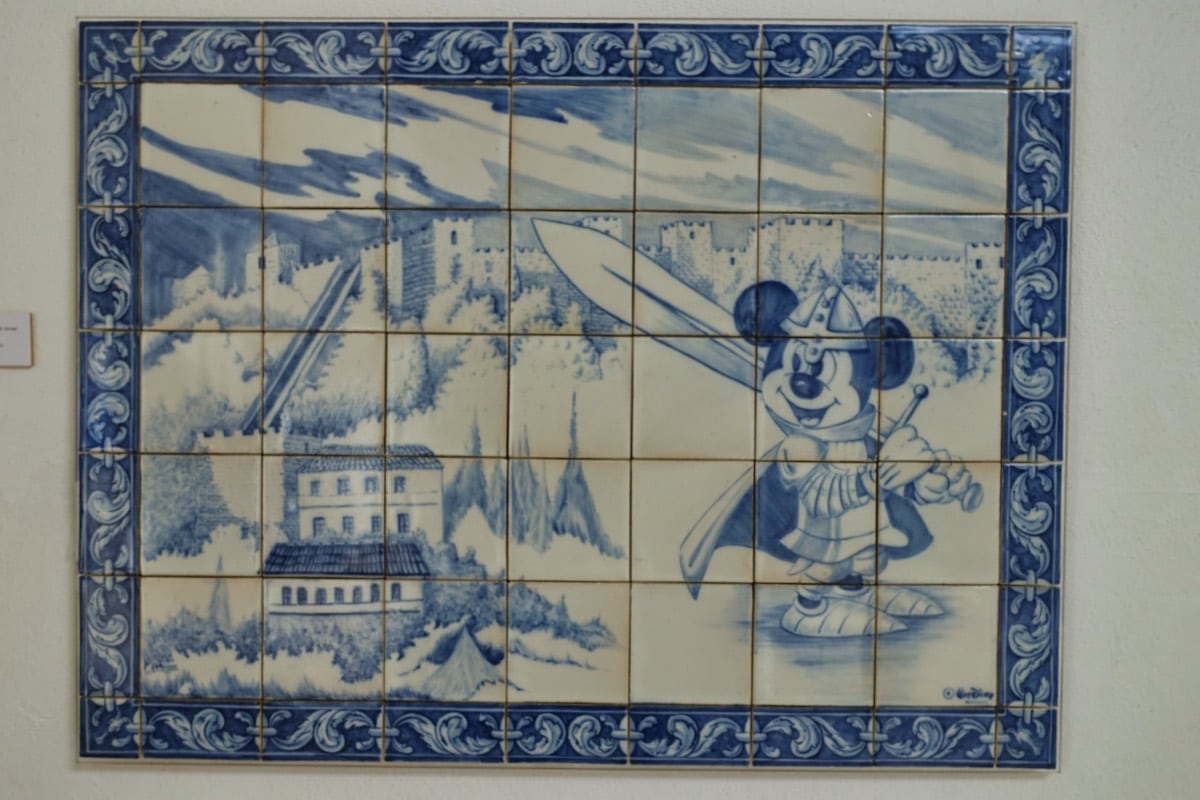
I find very interesting that the collection also includes many tiles coming from Arabia, North Africa and Flanders. The visitor can see in the museum the history of tile from the 15th century to the present.
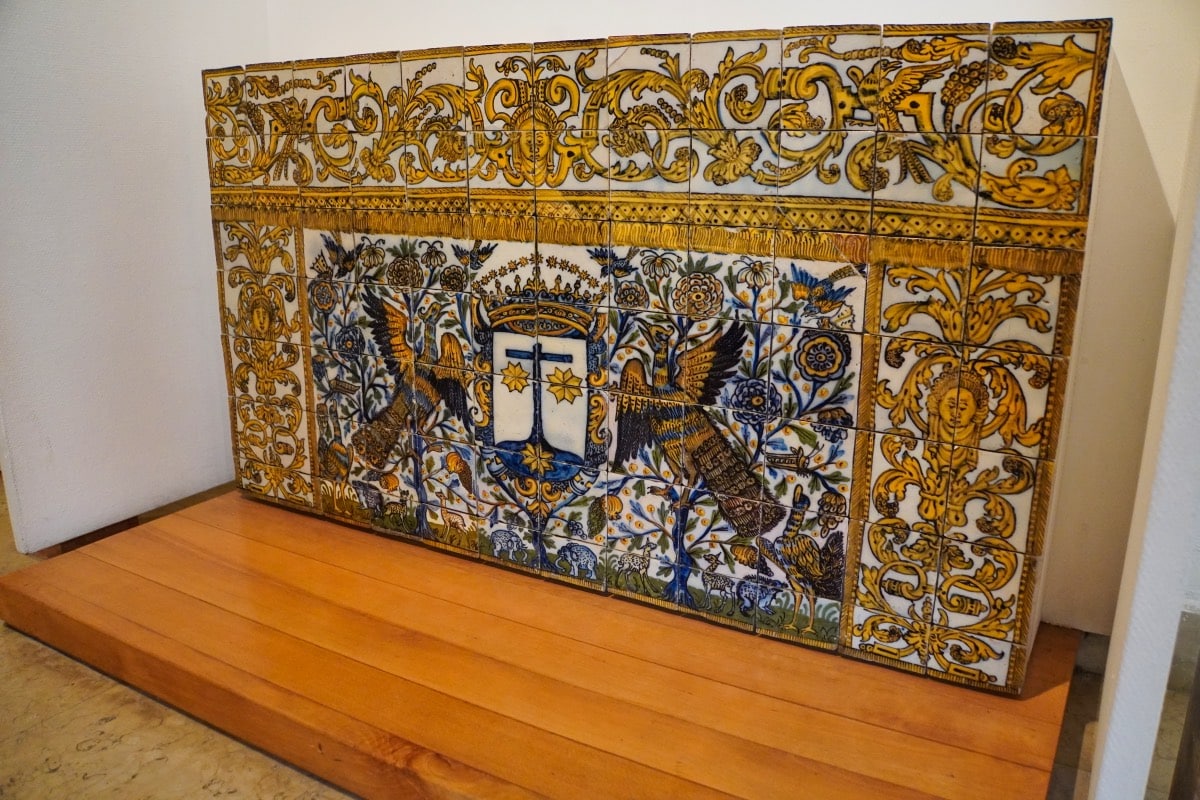
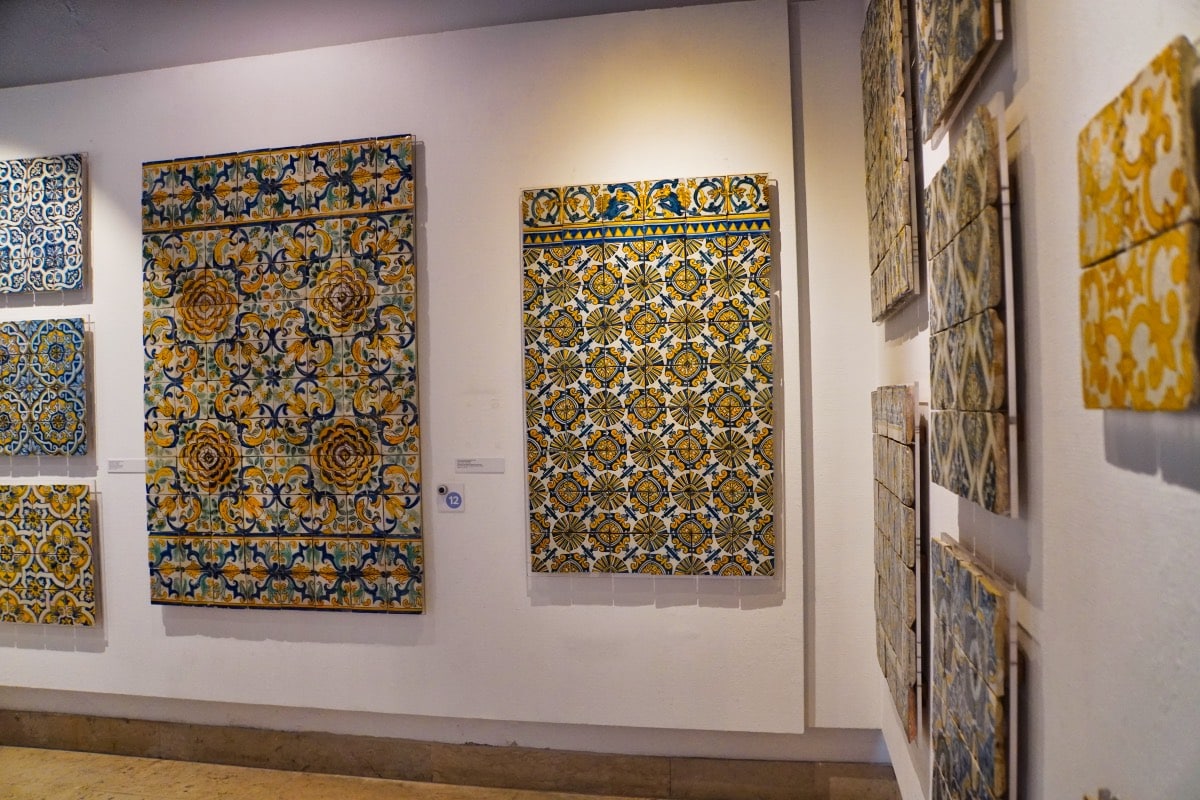
At the beginning of the exhibition you walk through smaller rooms arranged around the cloister. Here you can see, among other things, religious representations and various pattern arrangements. I found the differently designed front views of the altars very interesting. Here, from the 17th century even an Asian influence can be seen (e.g. use of birds). Admittedly already in these smaller rooms there was one or the other wow effect when I looked at the artistic works.
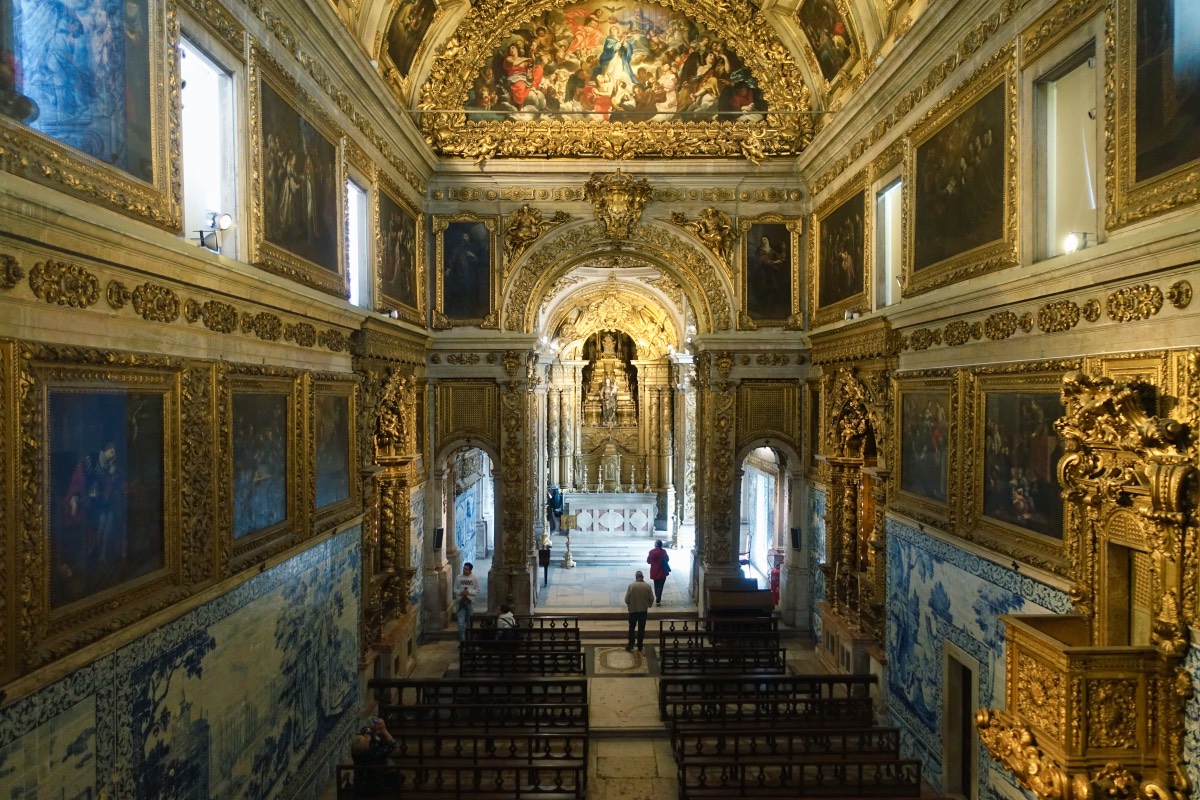
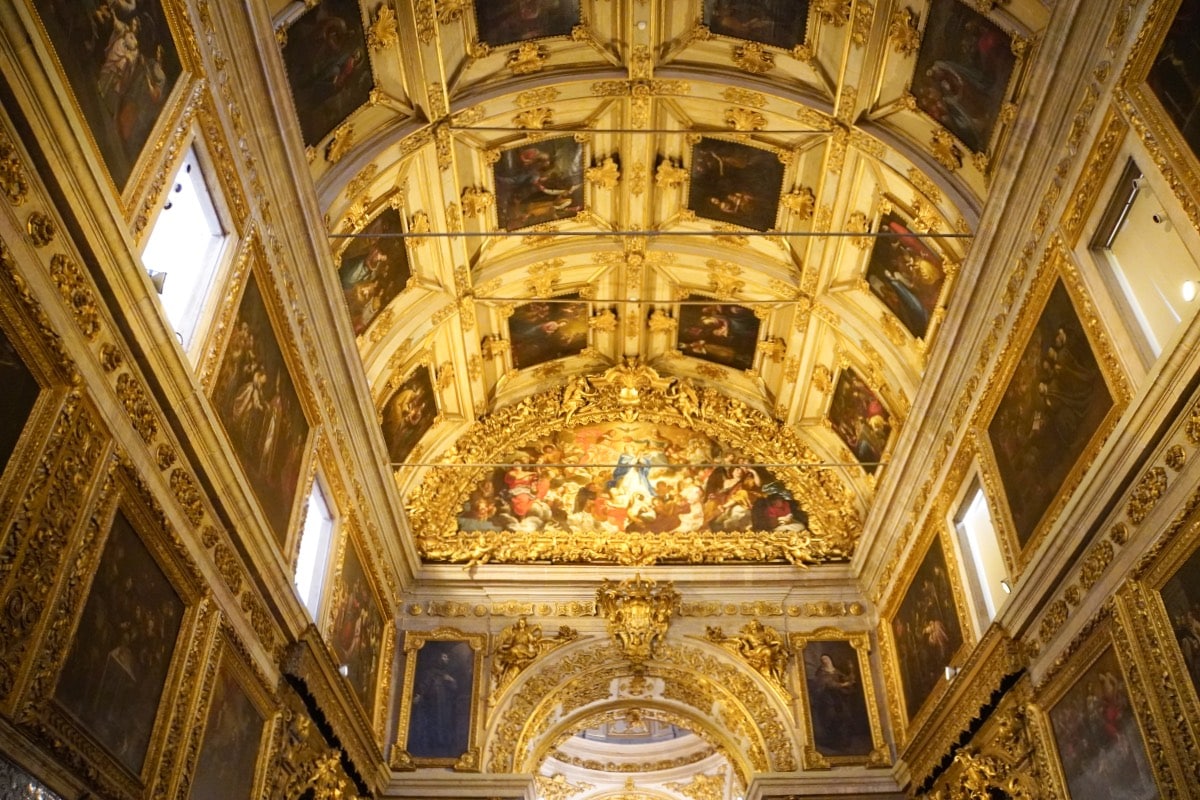
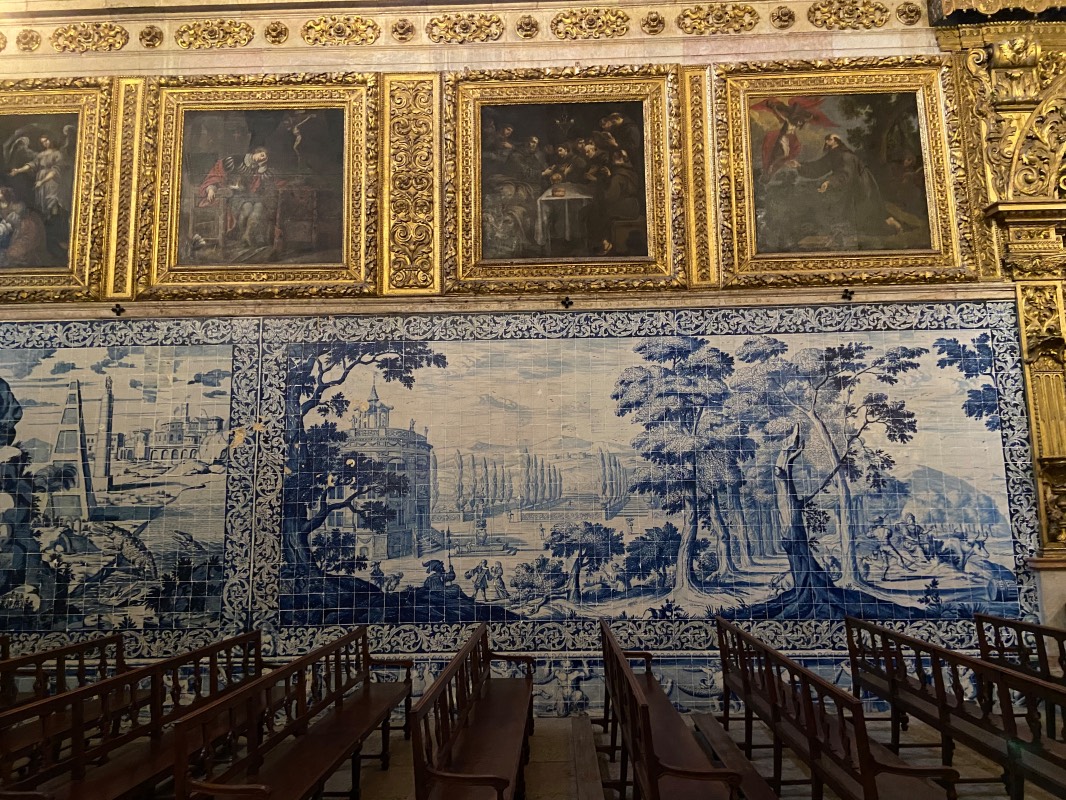
But I was really “blown away” when I visited the church of the former monastery. This is richly decorated with gilded paintings and ornate tiles. Beautiful!
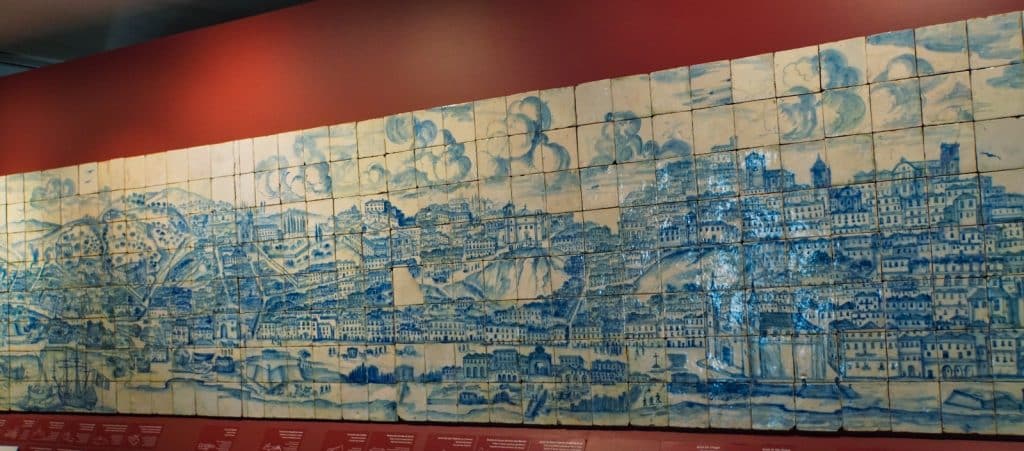
Almost last we arrived at the highlight of the Museu Nacional do Azulejo. A 25 meter long tile painting made of 1300 individual tiles shows the city view of Lisbon as the city looked about 25 years before the earthquake in 1755. This work left me speechless. What a detailed and beautiful work.
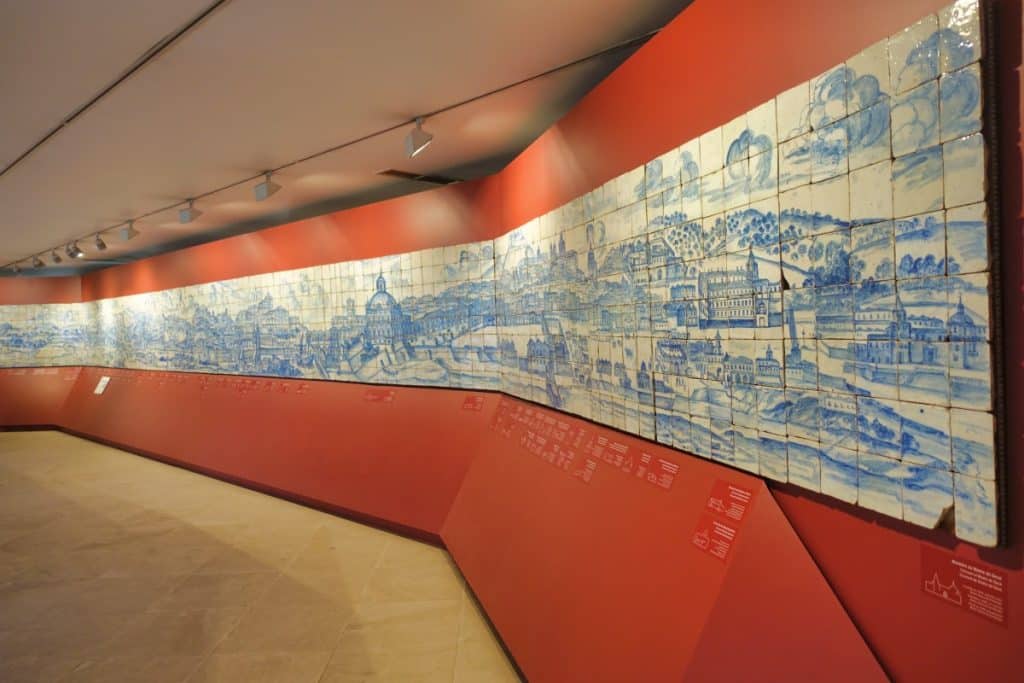
First viewed from a distance and then walking past the work piece by piece – there was so much to see.
Very interesting is also the contrast offered by a modern work of tiles with a city view. I also really liked the modern design.
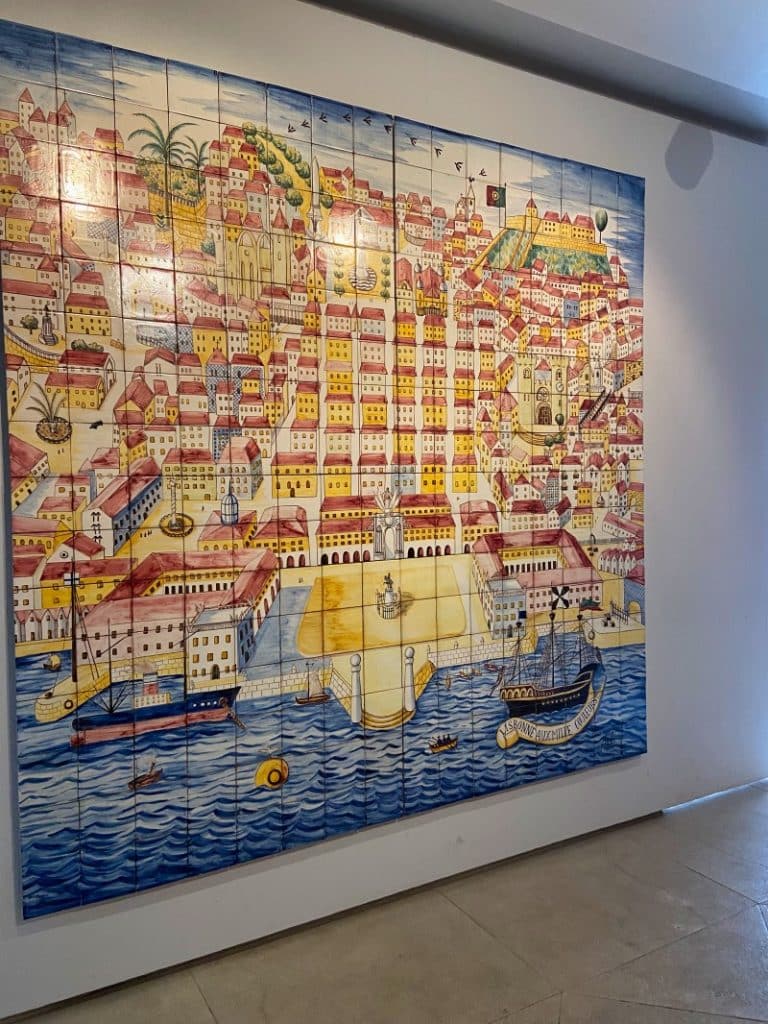
The entire exhibition in the museum, the small texts and also the building were very impressive. I would have liked a little more information on the subject of manufacturing. Perhaps a video of how the tiles are made today or a look into a workshop. In addition to the already mentioned outstanding artistic works, it was for me but also the small impressions that have excited me again and again. For example, when you look under the openings of the arcades in the cloisters and discover broken mosaics that date back to the time when the monastery was built. These are hardly noticed by visitors and are beautiful.
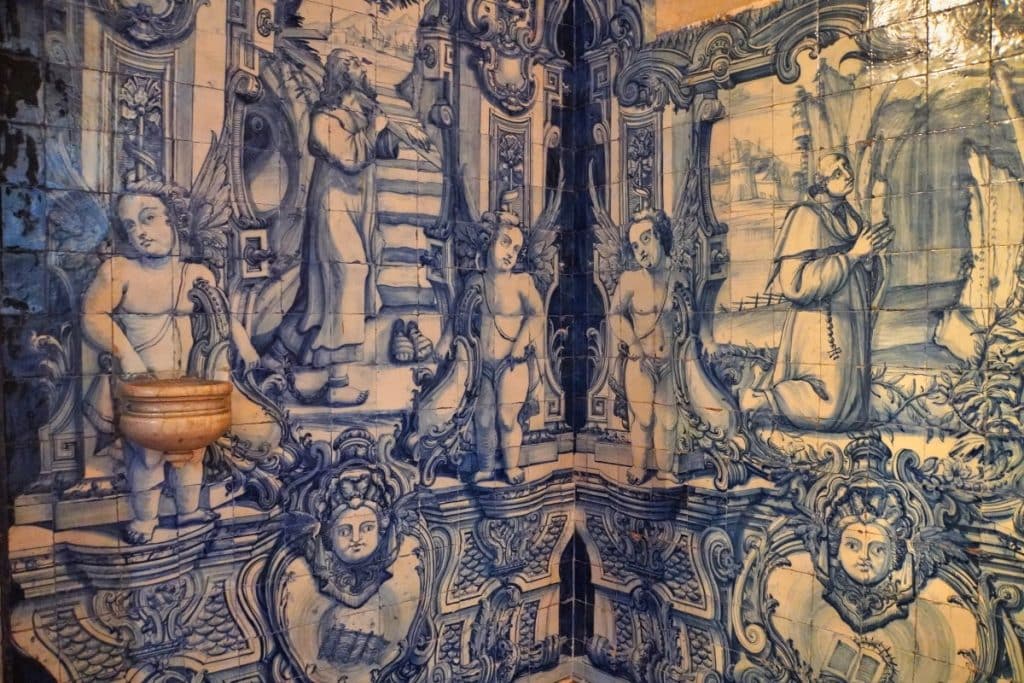
Address:
Rua da Madre de Deus,
41900-312 Lisboa
Opening hours:
Tuesday – Sunday: 10-18 h
Opening hours church: 10-13 h and 15-18 h
Admission fees:
Adults: 5 €
Discounts are offered.
Free admission with the LisboaCard.

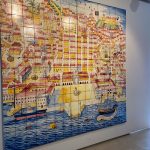



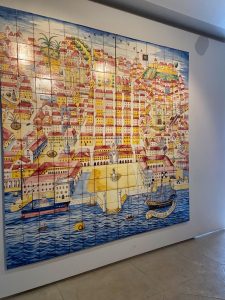
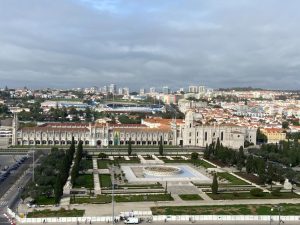










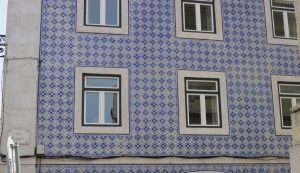






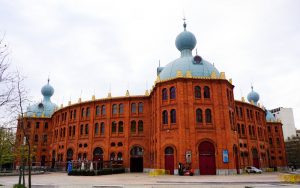
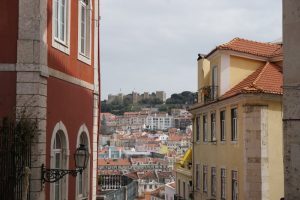

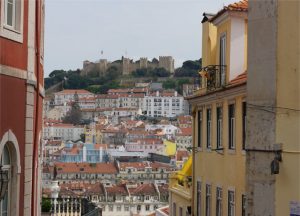


Leave a Reply